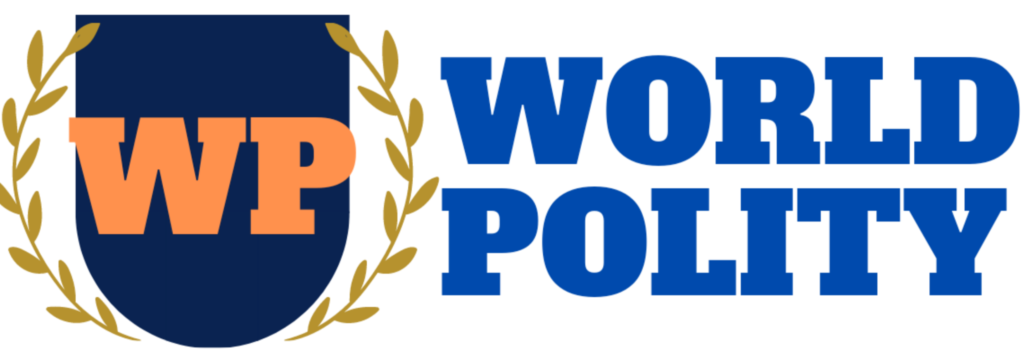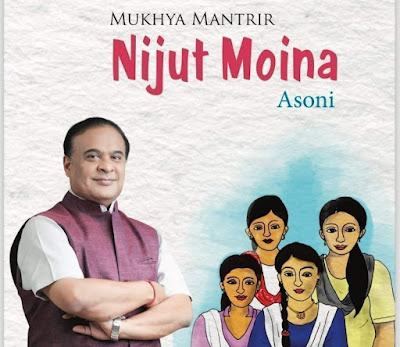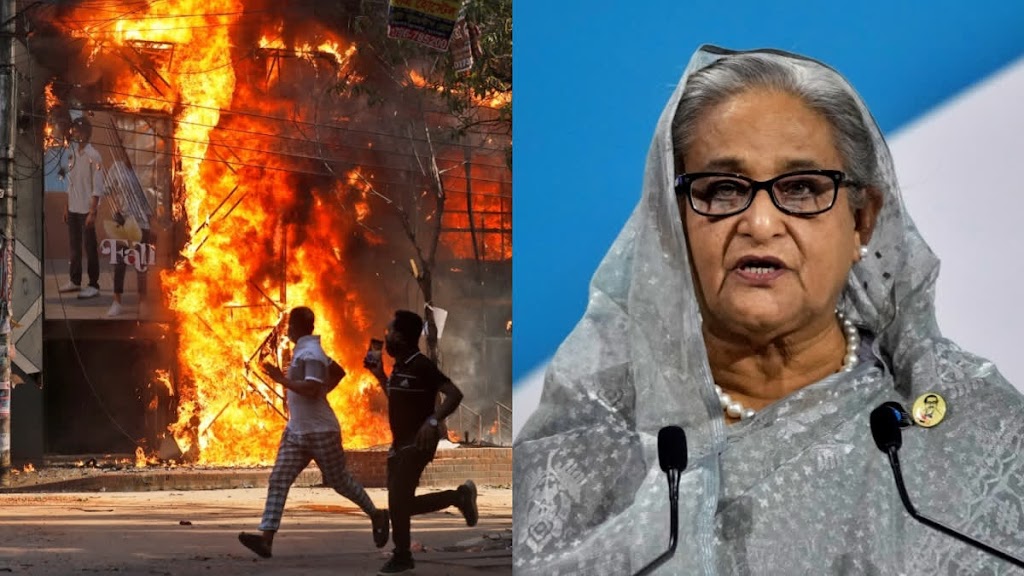(First try it by urself & then scroll down for the results)
Indian Polity and Governance Questions and Answers —
30MCQs on Indian Polity and Governance–
1) Which of the subsequent article of the Indian Constitution deals with the constitution of the Parliament of India?
A. Article 73
B. Article 78
C. Article 79
D. Article 72
2) Which of the subsequent article deals with the composition of council of states ( Rajya sabha) and therefore the manner of election of its members?
A. Article 82
B. Article 81
C. Article 90
D. Article 80
3) The representatives of the state in the Rajya sabha are elected by which one of the following?
A. Chief minister of the state
B. Elected members of the state legislative assembly
C. Governor
D. President
4) the amount of representatives of the Rajya sabha from states and union territories are among which one among the following?
A. 238
B. 212
C. 200
D. 220
5) what percentage number of members are nominated by the President to the Rajya sabha?
A. 20
B. 18
C. 12
D. 15
6) Which among the subsequent isn’t a standing committee?
A. Public accounts committee
B. Ethics committee
C. Railway convention committee
D. Business advisory committee
7) Consider the following statements. Which among them is/are NOT true?
I. Standing Committees are the permanent committees that are constituted on a daily basis
II. unplanned committees are temporary committees that are dissolved when the task is completed
III. Committee of Privileges is an ad-hoc committee
IV. Joint Committee on Fertilizer pricing may be a committee
A. Only III and IV
B. Only I and II
C. Only I and III
D. Only II and IV
8) What among the subsequent isn’t true about the general public Accounts Committee?
I. The committee was first found out in 1919
II. It’s main function is to audit the annual reports of Comptroller and Auditor General of India (CAG)
III. It consists of 15 Lok Sabha members and 7 Rajya Sabha members
IV. The term of the office of the general public Accounts Committee is one year
A. Only I
B. Only II
C. Only III
D. All are true
9) Which among the subsequent isn’t true about the Estimates Committee?
I. the primary Estimates Committee of the post-independence era was first found out in 1950
II. Estimates Committee features a right to question the policies approved by the Parliament
III. It consists of members that are both from Lok Sabha and Rajya Sabha
IV. Chairman of the Estimates Committee is usually from the Opposition party
A. Only IV
B. Only III
C. Only II and IV
D. Only II, III and IV
10) Consider the subsequent statements about the Committee on Government Assurances. Which of the following is/are not true?
A. It was constituted in 1953
B. Its main function is to look at the assurances and undertakings given by the ministers on the ground of the House and report back on the status of those assurances and promises
C. For the Lok Sabha, it consists of 15 members
D. For the Rajya Sabha, it consists of 10 members
11) Who heads the Niti aayog as its chairperson?
A. President of India
B. Prime minister
C. Finance minister
D. Minister of planning
12) NITI Aayog came into effect from?
A. 1st March 2015
B. 1st April 2015
C. 1st January 2015
D. 25th December 2014
13) Think factory of state of India that replace the design commission is?
A. NITI dharma
B. NITI Vakya
C. NITI Shashan
D. NITI Aayog
14) Which one among the subsequent is that the CEO of Niti Aayog?
A. Arvind Mayaram
B. Rajiv Meharshi
C. Amitabh Kant
D. None
15) Which of the subsequent below is that the vice-chairman of the NITI Aayog ?
A. Montek singh ahluwalia
B. Abhijeet sen
C. Amartya sen
D. Arvind panagariya
16) Constitution (73rd Amendment) Act, 1992 makes provisions for a 3-tier system of Panchayati Raj for all the States having population of above__:
A. 15 Lakh
B. 20 Lakh
C. 25 Lakh
D. 30 Lakh
17) Which of the subsequent state was the primary to determine Panchayati raj institutions?
A. Rajasthan
B. Andhra Pradesh
C. West Bengal
D. Gujarat
18) Which a part of the constitution deals with the panchayats?
A. Part IX
B. Part X
C. Part IX
D. Part XI
19) The panchayat system was adopted to:
A. To decentralise the facility of democracy
B. Make people conscious of politics
C. Educate the peasants
D. None of this
20) Which of the subsequent states haven’t any panchayati raj institution at all?
A. Nagaland
B. Assam
C. kerala
D. Tripura
21) Which one among the subsequent is true about High courts?
A. it’s original and appellate jurisdiction
B. It enjoys the facility of review
C. It acts because the court of law
D. All the above
22) at the present , what percentage high courts are there in India?
A. 25
B. 21
C. 28
D. 29
23) Which one among the subsequent article deals with the appointment of judges?
A. Article 214
B. Article 217
C. Article 226
D. Article 216
24) High courts issue writs under article-………
A. 220
B. 221
C. 213
D. 226
25) The judge and other judges of the high courts are appointed by which one among the following?
A. Prime minister
B. Chief minister
C. Governor
D. President
26) Which is that the oldest known system designed for the redressal of citizen’s grievance?
A. Ombudsman System
B. Lokpal
C. Lokayukta
D. None of the above
27) Which was the primary Indian state to determine the institution of Lokayukta?
A. Bihar
B. Uttar Pradesh
C. Andhra Pradesh
D. Maharashtra
28) When did The Lokpal and Lokayuktas Act, 2013 came into force?
A. January 2013
B. May 2013
C. December 2013
D. January 2013
29) Who appoints the Lokayukta and Upalokayukta?
A. Governor of the state
B. Chief Minister
C. Speaker of Lok Sabha
D. Judge of supreme court
30) Which state’s Lokayukta’s office is taken into account to be the strongest in terms of power and scope?
A. Bihar
B. Karnataka
C. Andhra Pradesh
D. Maharashtra
👉 Answer :-
1) C 2) D 3) B 4) A 5) C 6) C 7) A 8) D 9) D
10) D 11) B 12) C 13) D 14) C 15) D 16) B
17) A 18) A 19) A 20) A 21) D 22) B 23) B
24) D 25) D 26) A 27) D 28) A 29) A 30) B
HEADS OF INTERNATIONAL ORGANIZATIONS:-
1. Who is the president of World Meteorological Organization ?
Answer: Gerhard Adrian
2. Who is the secretary general of ASEAN ?
Answer: Lim Jock Hoi
3. Who is the Director-General of UNESCO ?
Answer: Audrey Azoulay
4. Who is the Secretary General of NATO ?
Answer: Jens Stoltenberg
5. Who is the President of the European Council ?
Answer: Charles Michel
6. Who is the head of the African Union Commission ?
Answer: Moussa Faki
7. Who is the Executive Director of UN Women ?
Answer: Phumzile Mlambo-Ngcuka
8. Who is Head of World Health Organization ?
Answer: Dr. Tedros Adhanom Ghebreyesus
9. Who is the Managing Director of IMF?
Answer: Kristalina Georgieva
10. Who is the President of the World Bank ?
Answer: David Malpass
11. Who is the Secretary-General of World Meteorological Organization ?
Answer: Petteri Taalas



